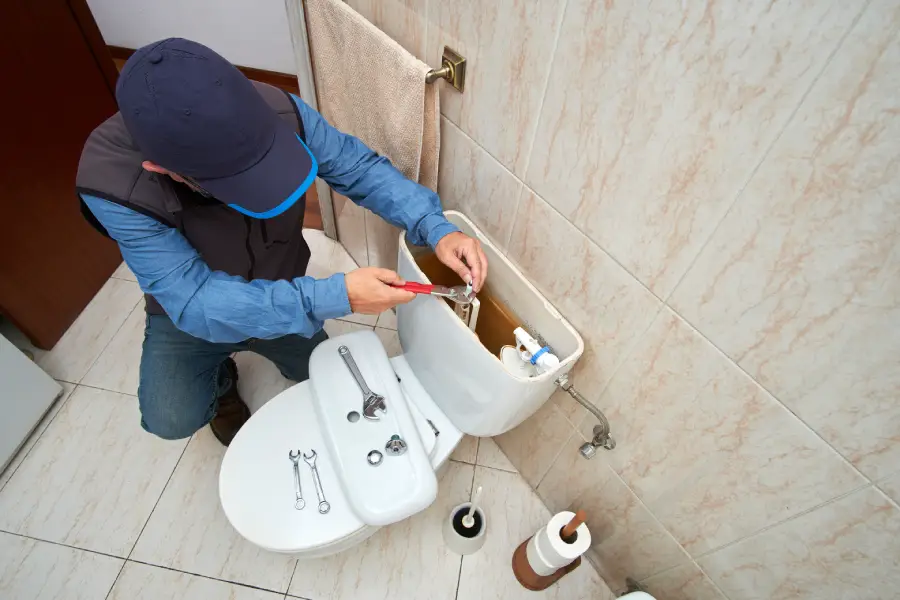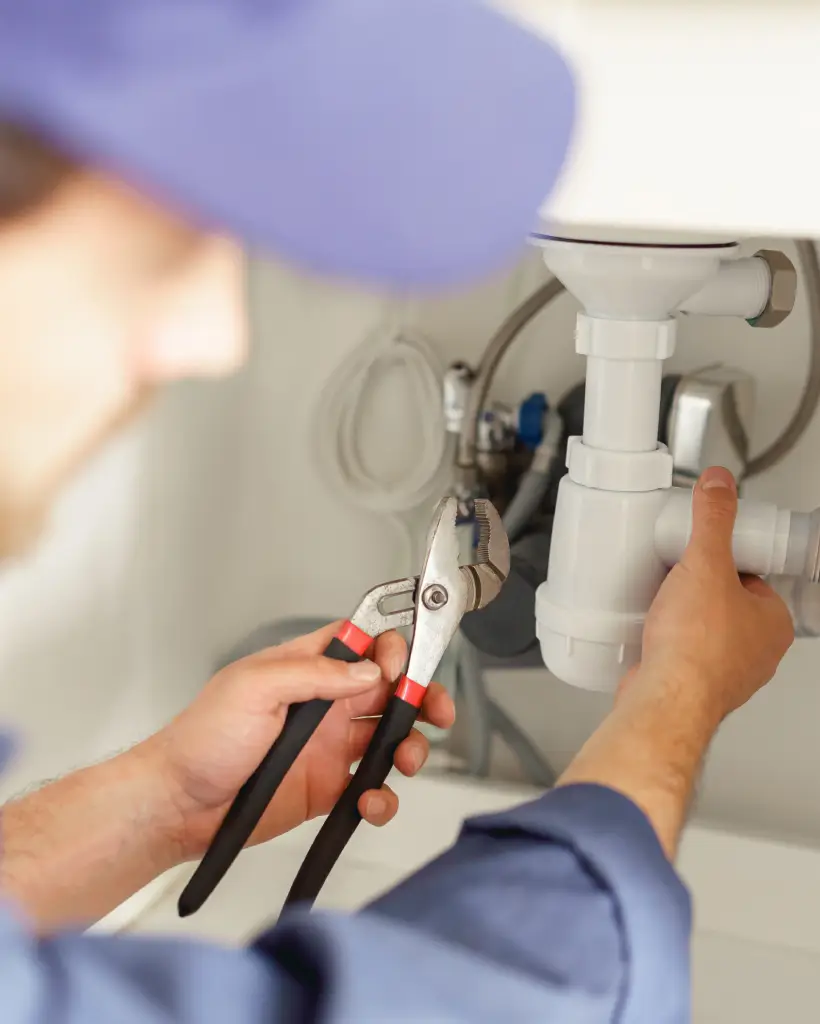-
Registration and License number:
PC.0005430 - MP.03000937
Toilet Troubles in Denver? Here’s What You Can (and Shouldn’t) Fix Yourself

A misbehaving toilet isn’t just annoying—it can disrupt your entire day. Whether it’s running constantly, leaking at the base, or refusing to flush properly, knowing what you can handle yourself (and when to call a pro) can save time, water, and stress.
Common Toilet Issues You Might Handle Yourself
Running toilet:
If your toilet keeps running after flushing, the problem might be as simple as a worn-out flapper or a misaligned float. These parts are easy to find at local hardware stores and fairly simple to replace with basic tools.
Weak flush or partial flush:
Sometimes the issue is just low water in the tank. Check the float height and adjust it if needed. You can also clear minor clogs in the rim holes using a wire or small brush.
Loose toilet handle:
A jiggly handle is usually just a loose nut inside the tank. Tightening it gently (without cracking the porcelain) often does the trick.
Toilet Repairs That Are Best Left to a Pro
Leaks at the base:
If you notice water pooling around the base, the wax ring seal may have failed. Replacing it requires removing the entire toilet—something best handled by a licensed plumber to avoid damage.
Persistent clogs:
If plunging doesn’t fix the problem, the blockage may be deeper in the drain line. DIY snaking can cause more harm than good if done incorrectly.
Cracks in the bowl or tank:
These aren’t always obvious at first but can lead to serious water damage. In many cases, replacement is the safest option.
What Makes Toilet Repairs Tricky in Denver Homes
Many homes in the Denver metro area have older plumbing systems, which can make simple repairs more complicated. Mineral buildup from hard water is common, and older toilet models might not be compatible with newer parts.
If you’re unsure whether you should attempt a fix, it’s always

